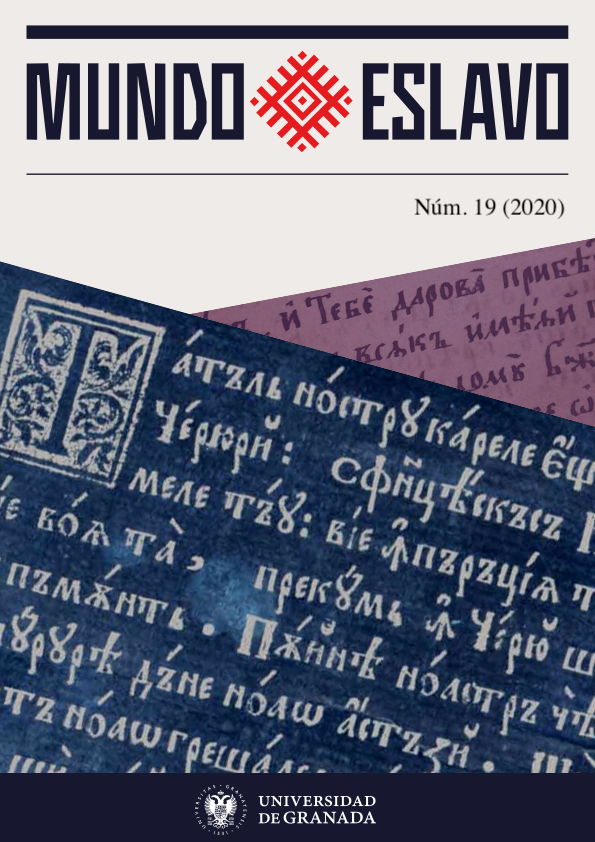Foreign Language Inclusions as Cultural References in V. Bykov’s Stories and their Translation from Belarusian into Spanish
Palabras clave:
foreign language inclusions, strategies of translation, adequacy of translation, cultural references, V. BykovResumen
Foreign language inclusions are a frequently repetitive element in V. Bykov’s works that effectively contributes to creating the cultural environment and to transmitting the cultural peculiarities of the historical period described in the narratives to a reader as they contain the constituents of cultural references related to a certain epoch. Their adequate translation into other foreign languages is a blatant challenge for a translator whose aim is to incorporate them in other cultural systems with a minimal loss in the meaning of cultural components. The article presents the results of the original research, which is focused on the issues related to the importance of foreign language inclusions as cultural references in the stories “Obelisk” and “Sign of Misfortune” (“Абяліск” and “Знак бяды”) by the Belarusian writer Vasil Bykov and to the analysis of the translation strategies applied by the translator when rendering foreign language inclusions in the Spanish interpretation of the narratives under study (“Obelisco” and “El signo de la desgracia”). The research also includes the statistical data according to the foreign languages detected in the inclusions of the texts, i. e. Polish, Russian and German. Continuous sampling, as well as statistical, parametric, descriptive-comparative and contextual analysis methods were used to achieve the research goals.Descargas
Descargas
Publicado
Cómo citar
Número
Sección
Licencia
Los autores conservan los derechos de autor sobre sus trabajos y garantizan a la revista el derecho de ser la primera publicación del mismo. Los artículos se publican bajo la licencia Creative Commons Atribución-NoComercial 4.0 Internacional (CC BY-NC-SA 4.0), lo que permite a los lectores y otros investigadores copiar, redistribuir, remezclar, transformar y construir a partir del material, siempre que se respeten las condiciones establecidas.













